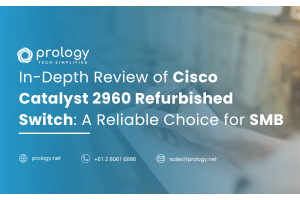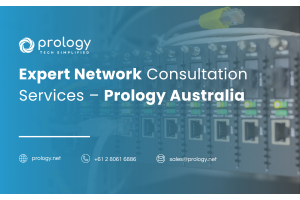Switch Layer 2 vs. Layer 3 – What Should Businesses Choose for AI & IoT Systems?

In the era of AI, IoT, and Smart Offices, choosing the right network device doesn't just affect operational performance—it determines the flexibility and scalability of your entire system. One common yet critical question many businesses ask is: Should we choose Layer 2 or Layer 3 Switches?
In this article, Prology will help you clearly distinguish between these two types of switches, explore real-world applications, and suggest suitable high-speed network devices for businesses of all sizes.
1. Layer 2 vs. Layer 3 Switch – Understanding the Core Differences
Layer 2 Switch – Simple, Fast, and Cost-Effective
A Layer 2 switch operates at the Data Link layer of the OSI model. It forwards packets based on MAC addresses within a local network (LAN).
Key features:
- Fast switching within the same subnet
- No routing between VLANs
- Easy to configure and deploy
Best for: Small offices or businesses with simple networks and minimal segmentation.
Layer 3 Switch – Routing Power in a Switch Form
A Layer 3 switch combines the switching functionality of Layer 2 with routing capabilities between different VLANs—similar to a router.
Key features:
- Supports inter-VLAN routing
- Efficient traffic management in systems with multiple AI/IoT devices
- Advanced features like QoS, ACLs, and traffic policies
Best for: Medium to large businesses, smart offices, smart factories, and data centers with complex networking needs.
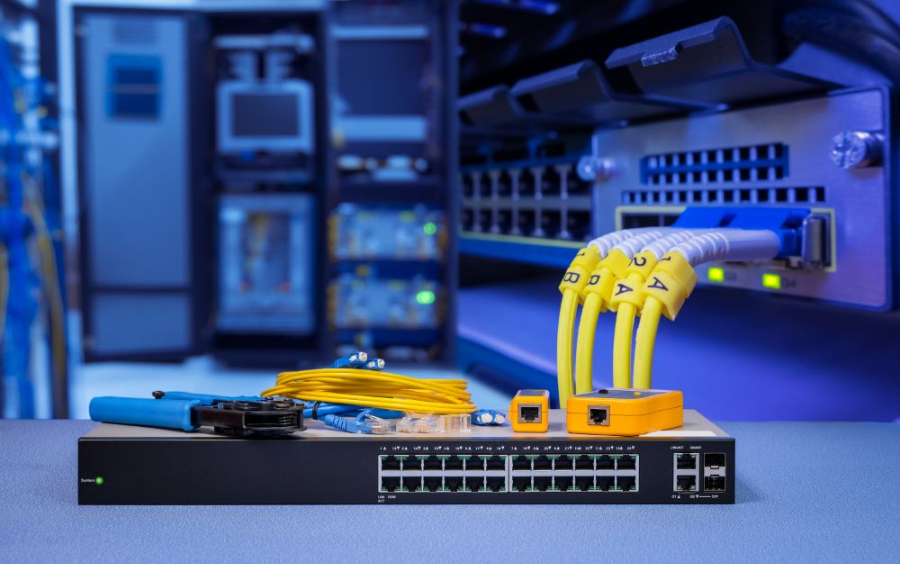
2. Why Do AI & IoT Systems Need Smarter Switches?
Modern AI and IoT applications generate massive amounts of data. Real-time processing and secure data transmission are essential. Layer 3 switches provide:
- Smarter internal routing between VLANs for optimized traffic flow
- Reduced load on main routers, improving overall performance
- Improved security through isolated traffic control and access management
Real-world example: A smart factory uses IoT sensors, security cameras, and AI-based control systems. A Layer 3 switch enables clear segmentation (VLANs for sensors, cameras, and control servers), improving security and real-time data handling.

3. When Should You Choose Layer 2 or Layer 3?
|
Business/Use Case |
Recommended Switch |
|
Small offices, few IoT devices, no complex VLAN needs |
Layer 2 Switch – cost-effective and easy to manage |
|
Medium-sized offices, multiple VLANs (e.g. HR – Guests – Printers) |
Layer 3 Switch – better internal routing and control |
|
Smart buildings, enterprises with AI, IoT, IP Cameras, local servers |
Layer 3 Switch – powerful processing and segmentation |
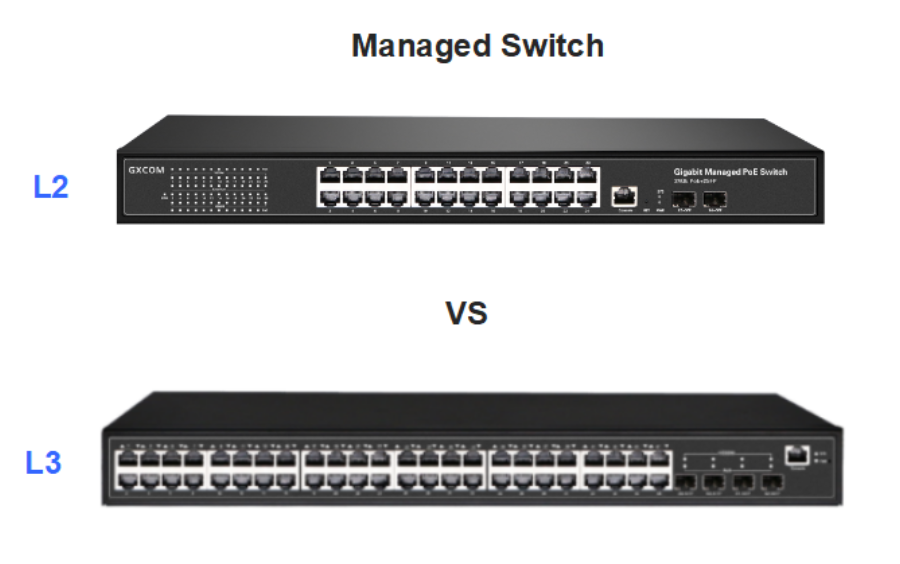
4. Cisco Switch Recommendations for AI & IoT Systems
Cisco Catalyst 2960X (Layer 2)
- Ideal for small to medium businesses
- Supports Gigabit Ethernet with basic security features
- Simple management through Cisco IOS
An economical solution for stable, straightforward LAN environments
Cisco Catalyst 3850 / 9300 (Layer 3)
- Robust Layer 3 switching capabilities
- Power over Ethernet (PoE) support for IoT devices like IP cameras and access points
- Advanced management via Cisco DNA Center
- Highly scalable and AI/IoT-ready
Perfect for businesses embracing digital transformation
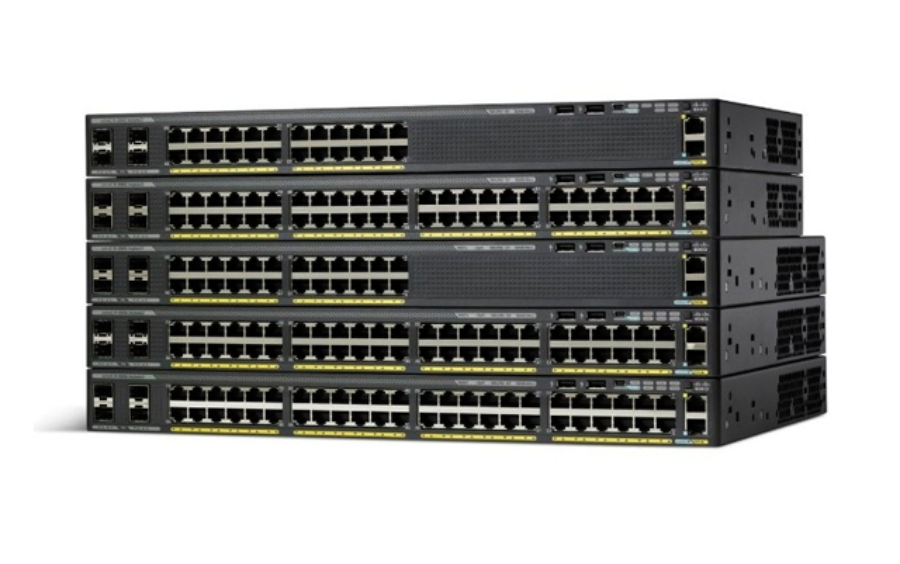
5. Prology – Your Trusted Partner in Building AI & IoT Networks
At Prology, we understand that every network is a dynamic structure that must be tailored to specific business needs. With proven experience deploying networking solutions for businesses across Australia, we provide:
- Expert consultation to match the right switch for your needs
- Genuine Cisco switch products, fully warranted
- End-to-end support in setup and configuration
- Optimized high-speed network solutions for AI, IoT, and smart environments
Need a Reliable Network for Your AI & IoT System?
Get in touch with Prology today for expert advice and switch solutions—from Layer 2 for basic setups to advanced Layer 3 systems for smart buildings and enterprise applications.
The right switch = Stronger network = Future-ready business.




